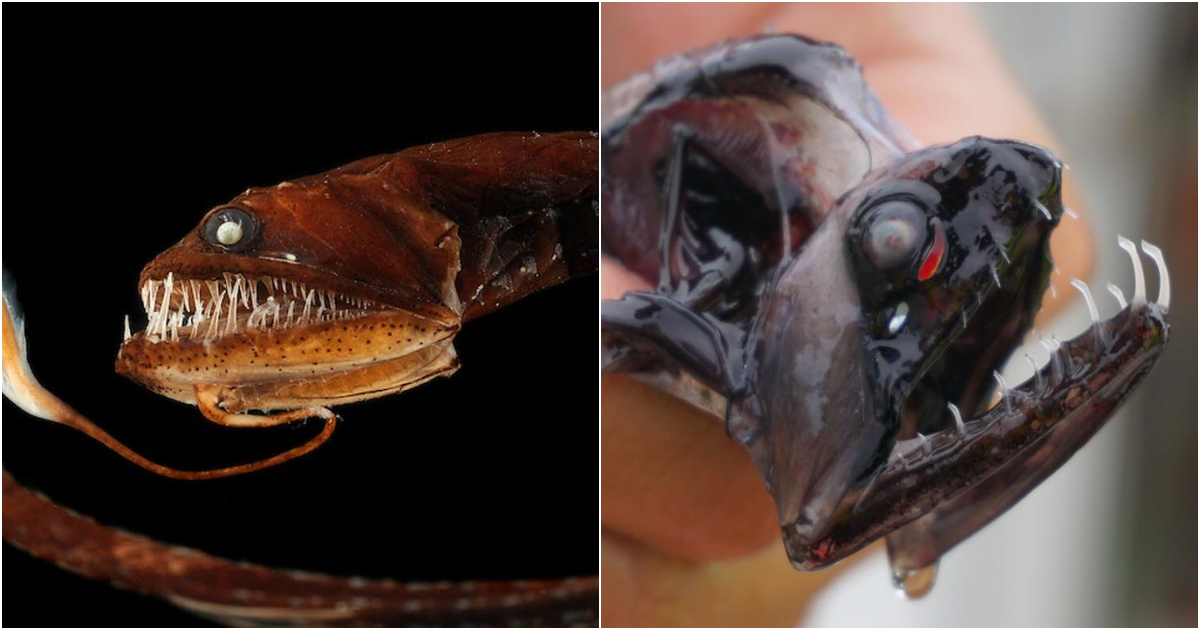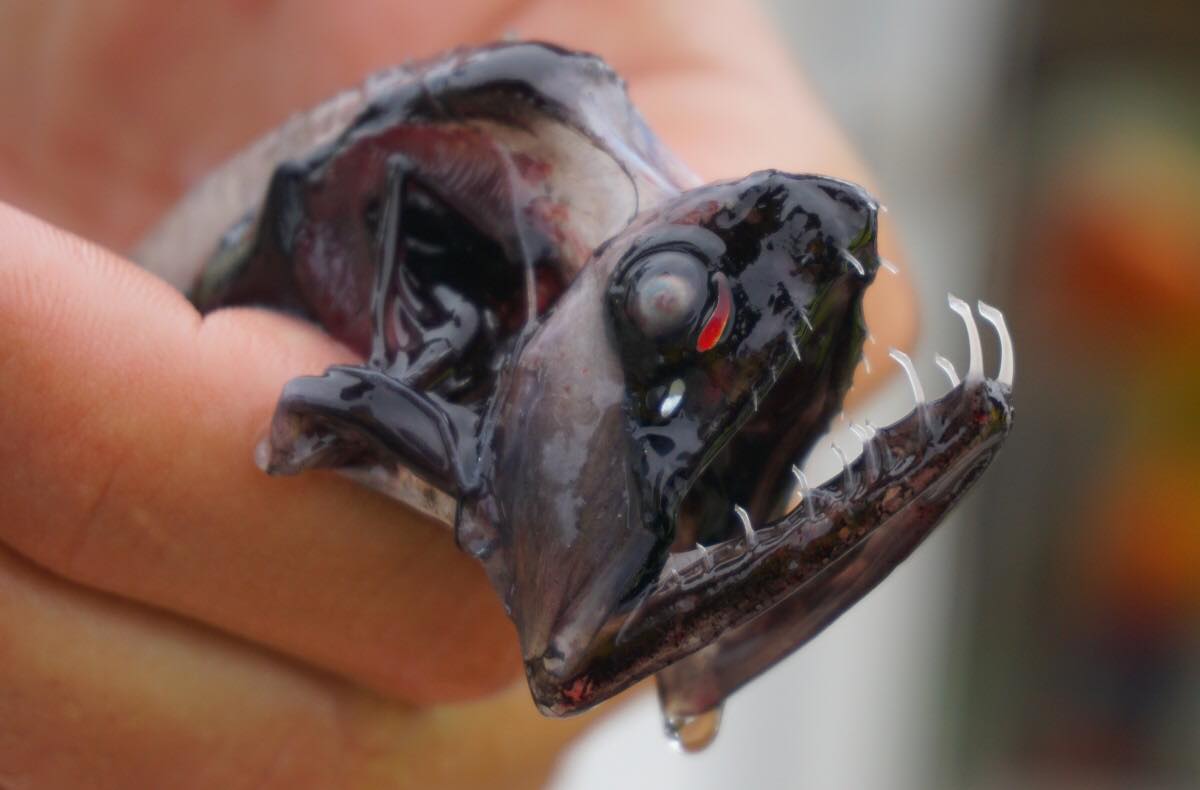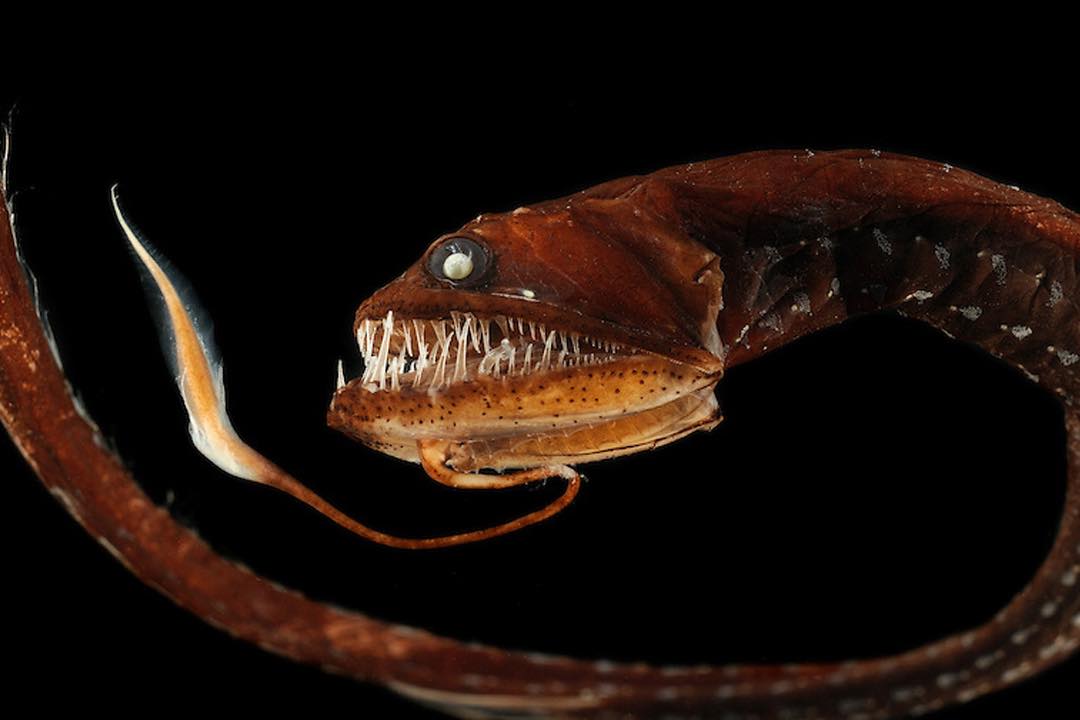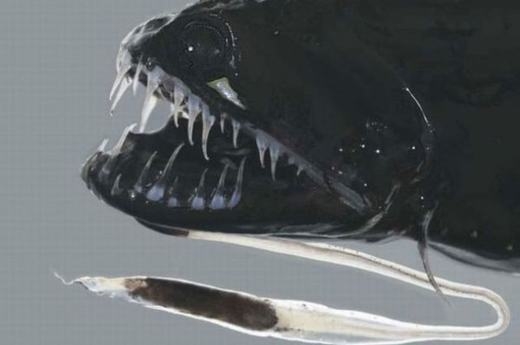The Mystical Enigma: Deep-sea Dragonfish Unveiled

The Deep-sea Dragonfish is a fascinating and captivating species of fish that belongs to the Stomiidae family. It inhabits the deep sea regions where light cannot penetrate. With its unique appearance and remarkable adaptability, the Deep-sea Dragonfish has captured the attention of scientists and marine enthusiasts.

A remarkable aspect of the Deep-sea Dragonfish is its ability to produce light. They are capable of generating light in complete darkness through a phenomenon known as bioluminescence. This bioluminescent adaptation allows them to attract prey, communicate, and even camouflage themselves in their deep-sea environment.

In addition to their bioluminescence, Deep-sea Dragonfish exhibit other unique adaptations. They have large, sensitive eyes that can detect even the faintest traces of light in the deep-sea abyss. Some species also possess long, filamentous structures called barbels, which are believed to assist in sensing vibrations and locating prey.
Due to the extreme depths at which they reside, studying Deep-sea Dragonfish poses significant challenges for scientists. However, advancements in deep-sea exploration technologies have allowed researchers to uncover more information about these enigmatic creatures. Scientists continue to investigate their physiology, behavior, and ecological role in the deep-sea ecosystem.






